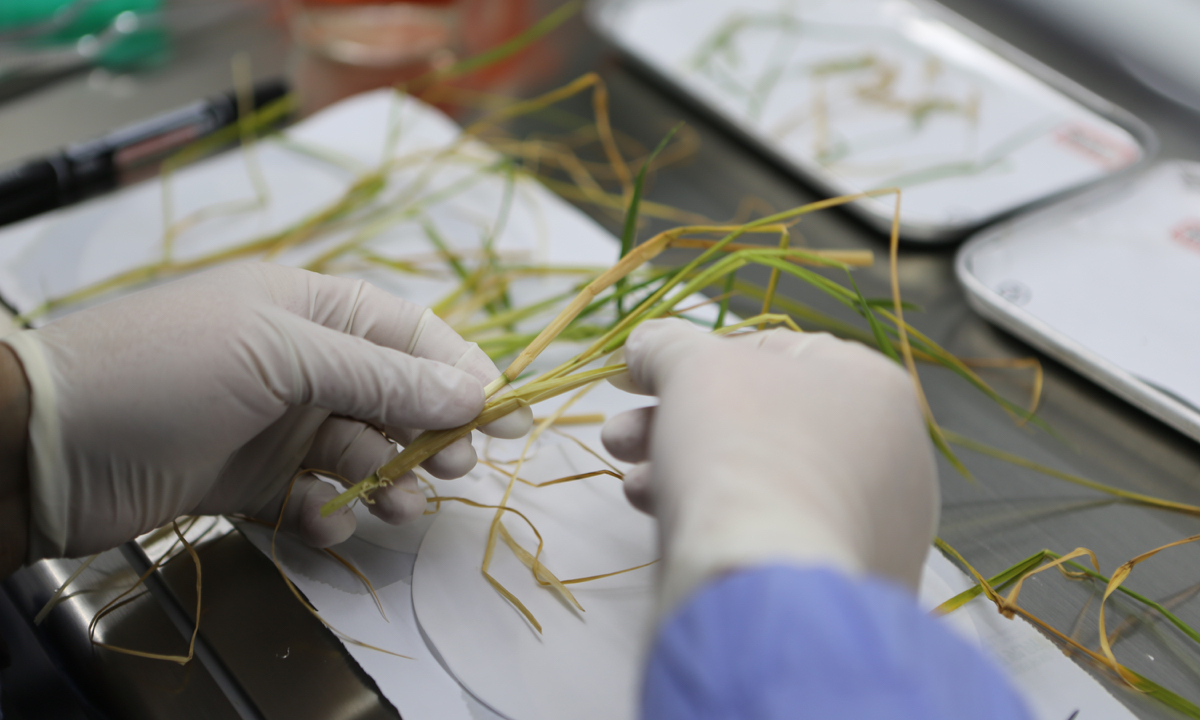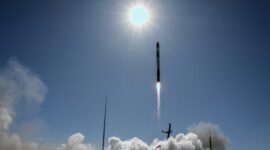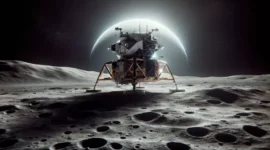Beijing, China – July 11, 2025
In a historic breakthrough for space agriculture, scientists at the China National Space Administration (CNSA) have announced the successful cultivation of rice plants using simulated lunar soil, marking a critical milestone in humanity’s quest for sustainable extraterrestrial farming. The experiment, conducted at the Lunar Agriculture Research Facility in Beijing, has produced the first healthy rice shoots under conditions mimicking the Moon’s harsh environment—low gravity, high radiation, and nutrient-deficient regolith.
A New Era for Lunar Colonization
With NASA’s Artemis missions and China’s International Lunar Research Station (ILRS) aiming to establish permanent human outposts on the Moon by the 2030s, finding ways to grow food in space is no longer science fiction—it’s a necessity. “Transporting food from Earth is unsustainable for long-term lunar bases,” said Dr. Zhang Wei, CNSA’s lead agronomist. “This experiment proves that, with the right technology, we can farm on the Moon.”
Overcoming the Impossible: How Scientists Made It Work
Lunar regolith—the Moon’s rocky, dusty soil—is vastly different from Earth’s fertile farmland. It lacks organic matter, holds little water, and is bombarded by solar radiation. To tackle these challenges, researchers used a combination of cutting-edge techniques:
-
Bioengineered Rice Strains – Scientists developed a new dwarf rice variant, Oryza sativa lunaris, genetically modified for faster growth, radiation resistance, and higher nutrient efficiency. “We edited genes responsible for stress response, allowing the plant to survive in conditions that would kill ordinary rice,” explained Dr. Elena Petrov, a geneticist at the International Space Agriculture Consortium.
-
Hydroponic Hybrid System – Since lunar soil cannot support traditional farming, researchers used a semi-hydroponic setup where plant roots were partially exposed to treated regolith while receiving nutrient-rich water solutions. “We’re essentially ‘training’ the plants to adapt to lunar dirt over time,” said Dr. Rajiv Mehta, an astrobiologist working with the European Space Agency.
-
Artificial Gravity Chambers – The experiment was conducted in a centrifuge simulating the Moon’s 1/6th gravity, confirming that rice can grow outside Earth’s gravitational pull.
Next Steps: From Lab to Lunar Surface
The next phase, scheduled for 2026, will involve sending a miniaturized greenhouse module aboard China’s Chang’e-8 mission to test rice growth directly on the Moon. “If this works, we could see the first lunar harvest by 2028,” said CNSA spokesperson Li Ming.
Meanwhile, NASA has announced a parallel project, “Lunar FarmOne,” aiming to grow potatoes—another staple crop—in collaboration with private space firms. “The race for sustainable space food is on,” remarked Dr. Karen O’Neill of NASA’s Advanced Life Support Division.
Implications for Earth and Beyond
Beyond space exploration, the technology developed for Moon Rice could revolutionize agriculture in extreme environments on Earth, such as deserts and drought-stricken regions. “The water-saving systems we’re designing for lunar farms could help address global food insecurity,” noted Dr. Hiroshi Tanaka of the UN Food and Agriculture Organization.
However, ethical debates persist, particularly around genetic modification and planetary protection. “We must ensure we’re not contaminating the Moon with Earth microbes,” warned Dr. Maria Kowalski of the Outer Space Treaty Compliance Board.
What’s Next?
With successful Earth-based trials completed, the world now watches as scientists prepare for the ultimate test: growing rice on the actual lunar surface. If successful, future astronauts may one day enjoy freshly harvested “Moon Rice” as part of their daily meals—ushering in a new chapter in human space exploration.




